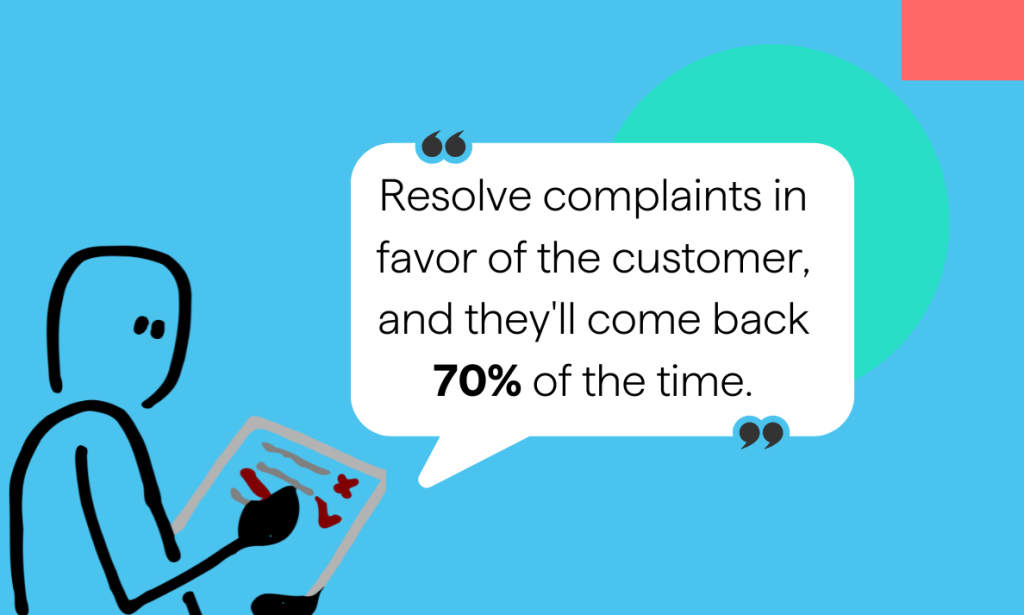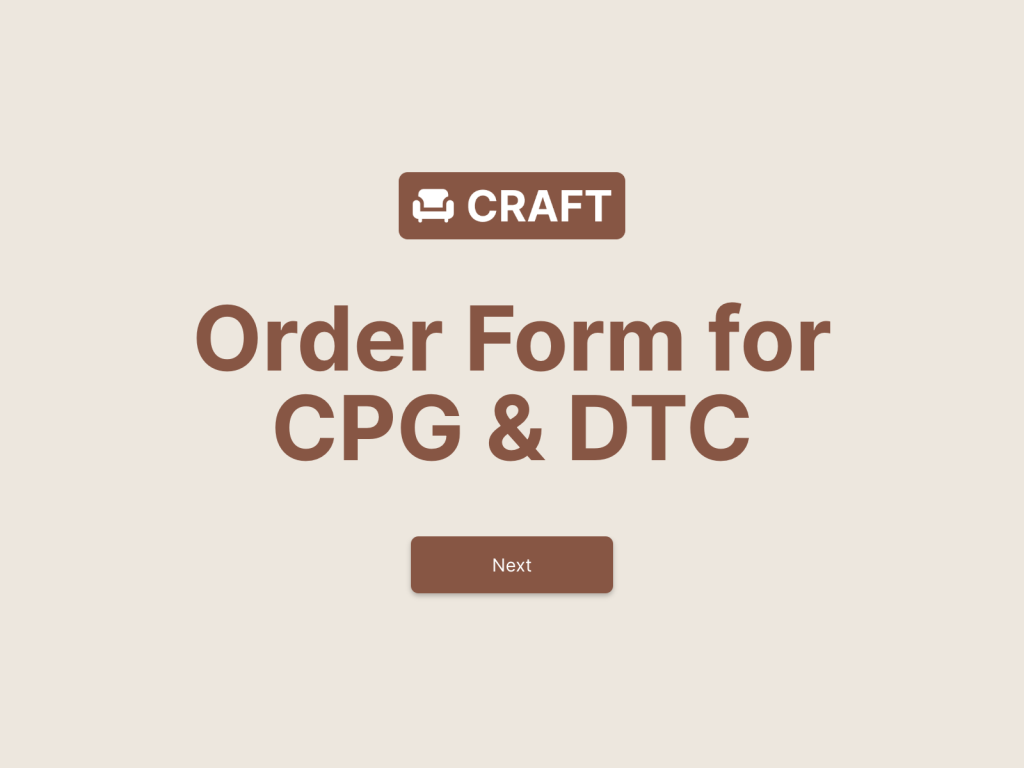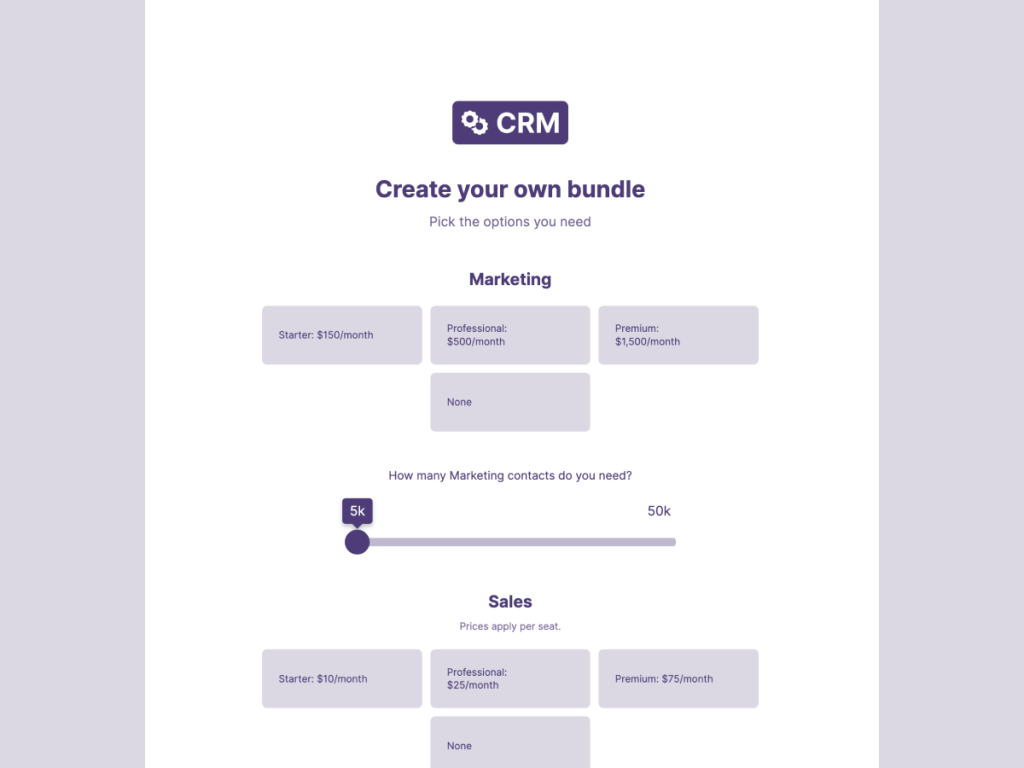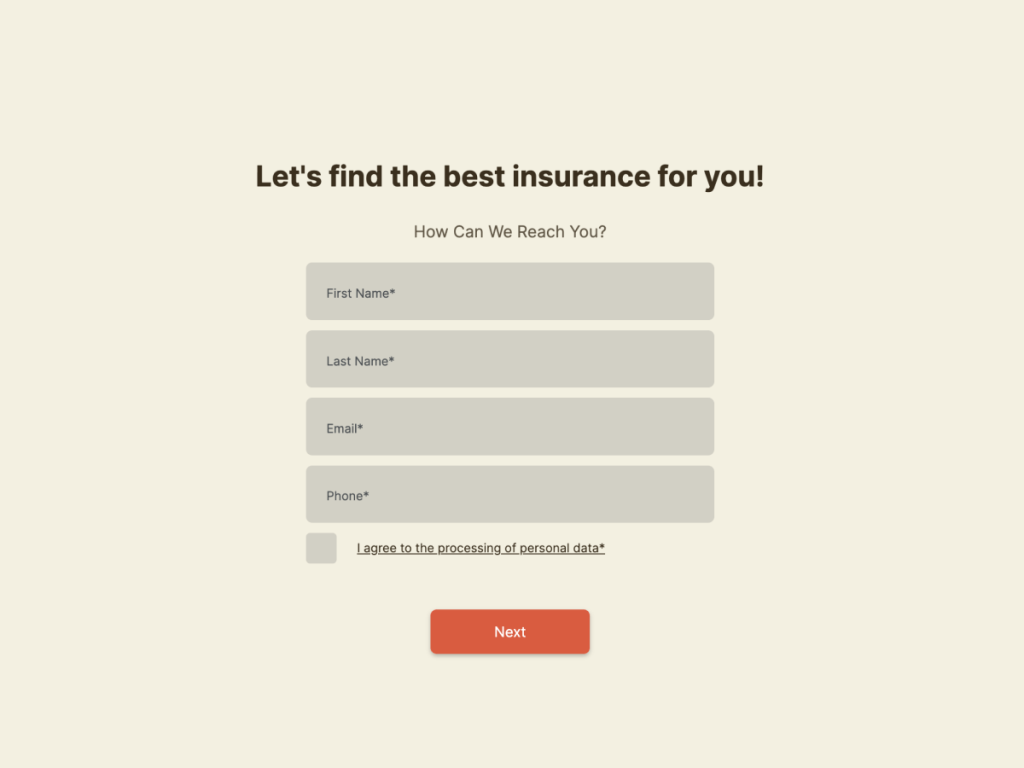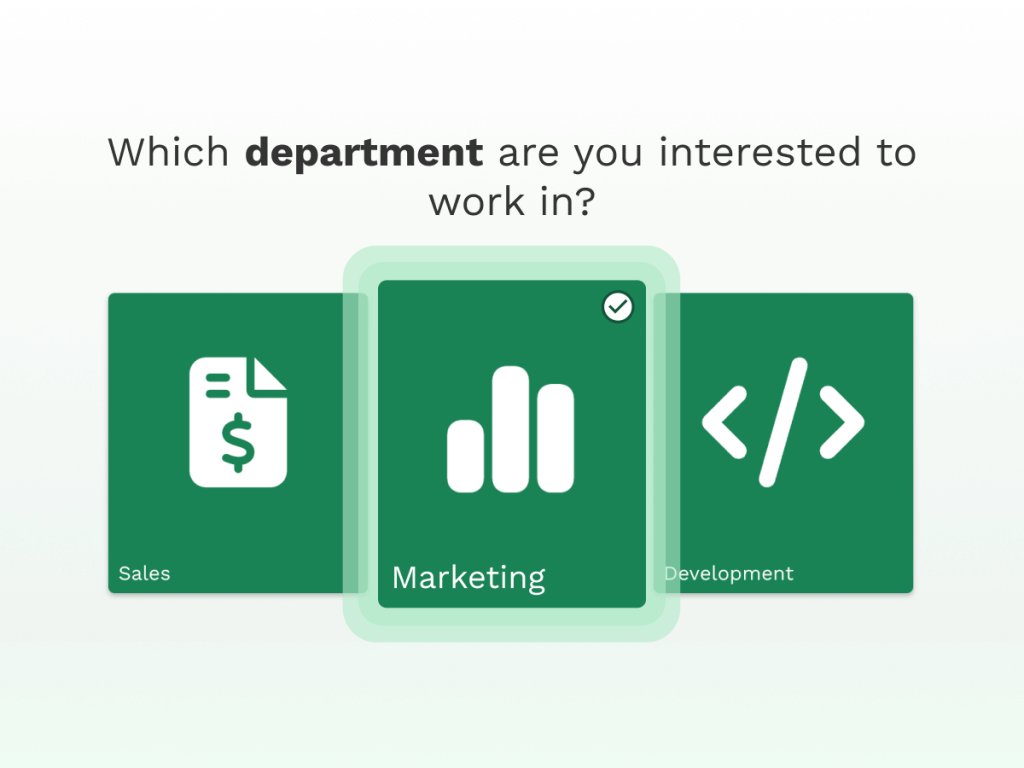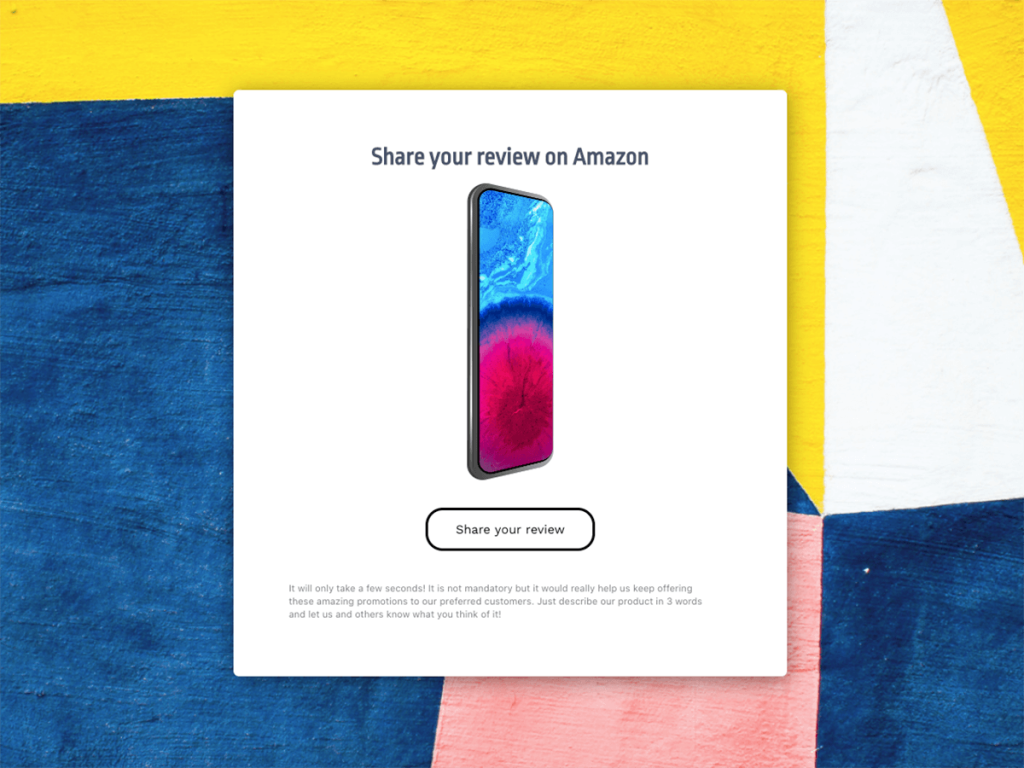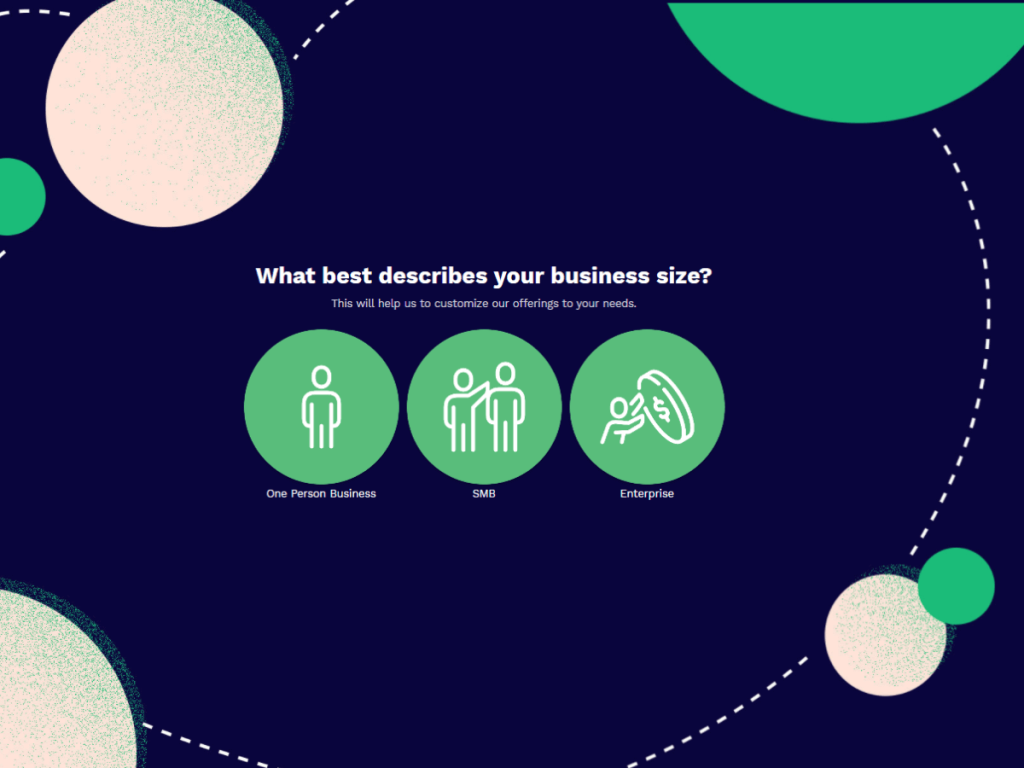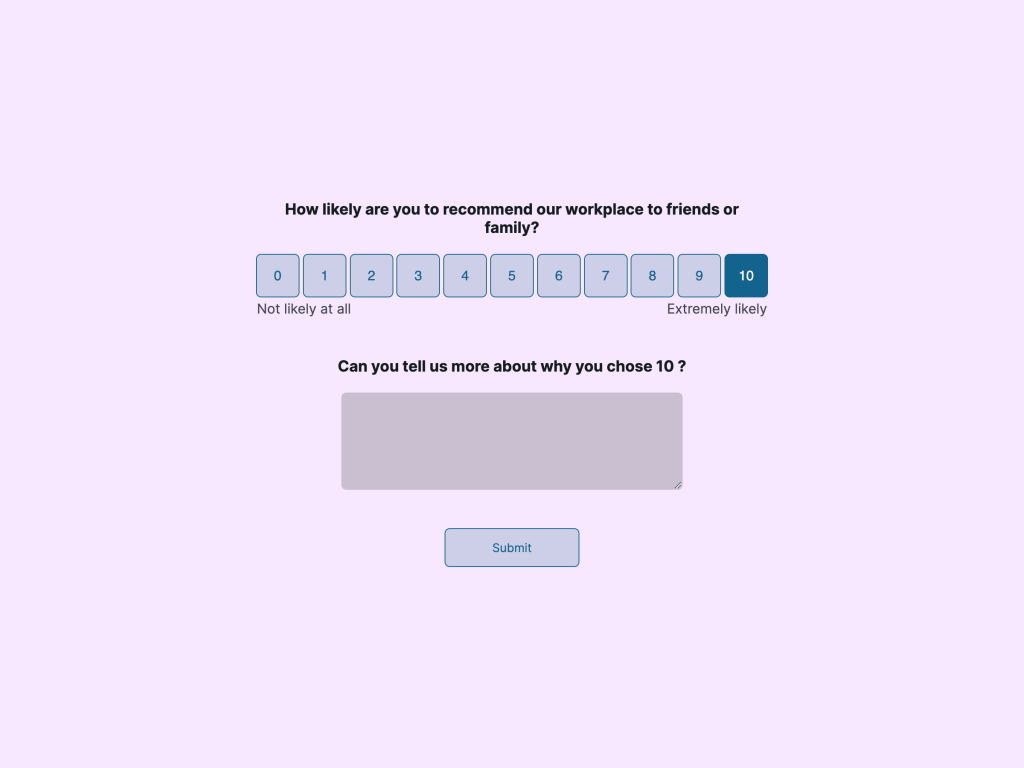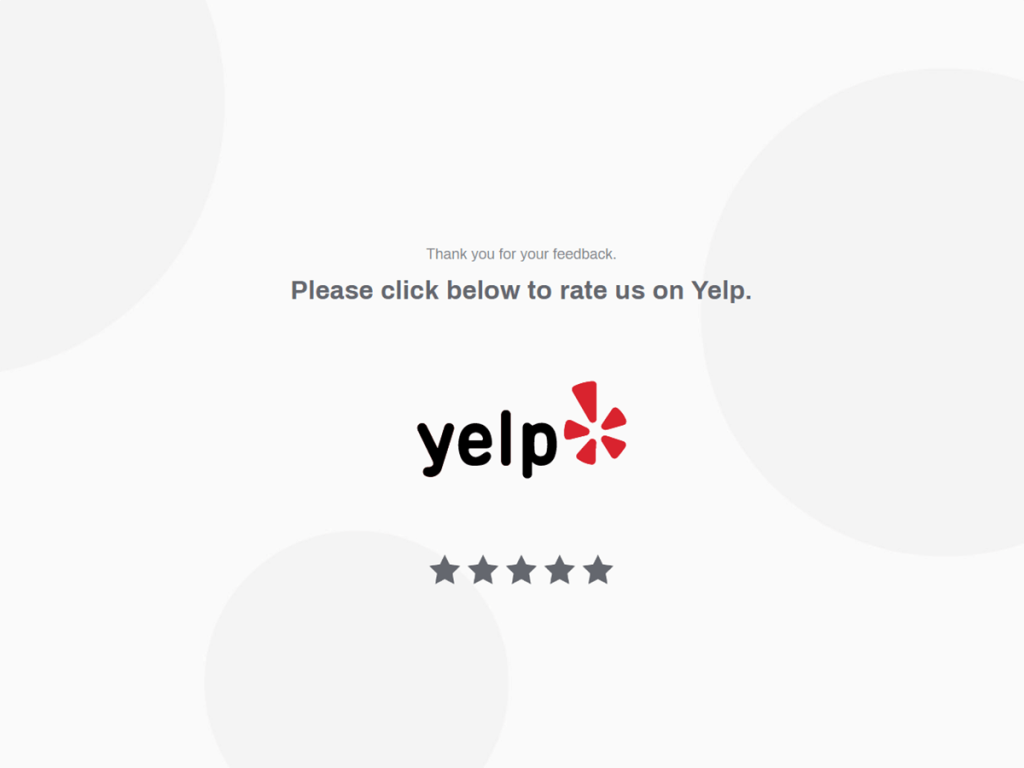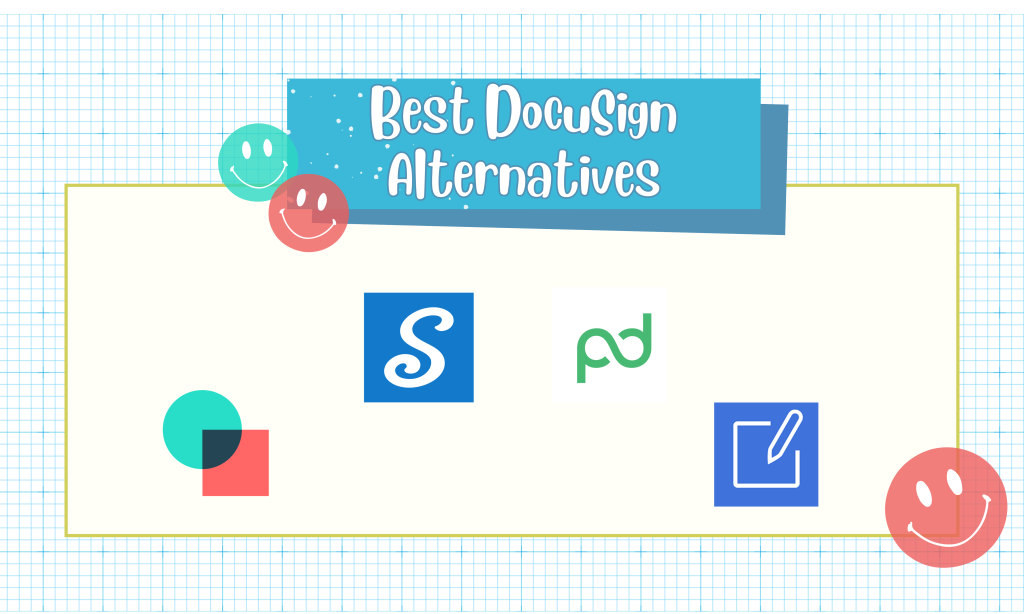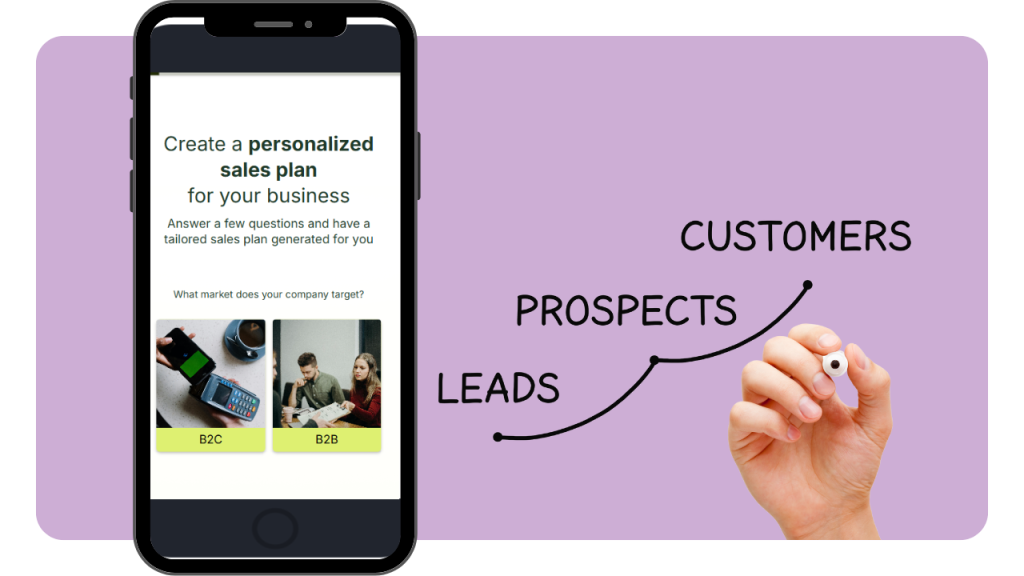Customer satisfaction surveys are the cornerstone of understanding how well your business meets customer expectations.
By asking the right questions, you can gain insights that drive improvements, foster loyalty, and ultimately lead to business growth. Let's explore some practical and effective customer satisfaction survey questions, and discuss how they can provide you with actionable feedback:
Create a Customer Satisfaction Survey Right Away
Creating a customer satisfaction survey with involve.me's survey generator is straightforward and efficient. Add your company’s website URL, choose “survey”, write a short description of what you’d like to see in the survey and click “generate”.
involve.me’s AI tool can generate a few designs to choose from. To edit the survey, register a free account at involve.me. Test it out right away:
Create your survey with AI
Just paste your URL & click generate
The platform also offers a user-friendly interface with a variety of customizable templates, allowing businesses to quickly design surveys that reflect their brand. Check the template library to find the right survey for your customers:
Gather Customer Feedback
Start with a customizable template
Using involve.me simplifies feedback collection with a wealth of features that create engaging surveys your customers will want to take. One standout feature is conditional logic, which enables the creation of dynamic surveys that adapt based on respondents' answers.
Here's an example of a survey with conditional logic:

involve.me also supports native integrations with popular CRMs like HubSpot, SalesForce or Pipedrive. Find the list of integrations here.
This connectivity helps businesses:
Automate follow-ups
Track customer feedback
Provide access to data to all team members
Improve customer support
Solve customer retention problems
Collect ideas for product development
Now let’s take a look at the questions your team should consider asking in the next customer satisfaction survey:
1. Overall Satisfaction
"How satisfied are you with our product/service?"
This is a straightforward question that allows customers to rate their overall satisfaction. Typically, responses are collected on a scale from 1 to 10, or using options like "Very Satisfied," "Satisfied," "Neutral," "Dissatisfied," and "Very Dissatisfied."
Why it works: It gives a quick snapshot of customer happiness. If many responses trend toward the lower end, it signals a need for urgent improvement.
When using involve.me for survey creation, use the NPS® score element to ask this question. Here’s what it looks like:
If your customers choose 4 and below on a scale, ask them this follow up question:
"If you are not satisfied, please tell us why."
A single rating won’t solve problems, but asking open-ended questions can. Understanding the reasons behind dissatisfaction helps pinpoint specific issues that need to be addressed.
💡 involve.me uses the NPS® score to get regular feedback from their customers as well! Read this case study to learn how involve.me managed to increase survey responses rates with just a few tweaks.
2. Product/Service Quality
"How would you rate the quality of our product/service?"
Ask customers to rate the quality using a scale or descriptive terms like "Excellent," "Good," "Average," "Poor," and "Very Poor."
This specific question can be asked using images or dropdown elements. Check content elements in the involve.em's editor on the right:
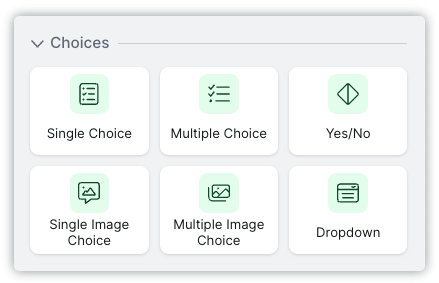
Consider asking this question as a follow up using conditional logic feature in the survey:
"What aspects of the product/service do you think we should improve?"
3. Customer Support Experience
"How satisfied are you with our customer support?"
To ask this question, you can also use a scale from 0 to 10 or even make it an open-ended question.
Customer support can significantly impact overall satisfaction. This question identifies how well your support team is performing. Ideally, your team should ask this question after every single interaction with a customer representative to identify problems early.
Send follow-up questions to your customers, asking for specific examples of their experiences. This can highlight where your team might need more training or where processes could improve.
4. Ease of Use
"How easy is it to use our product/service?"
Ask customers to rate the ease of use from "Very Easy" to "Very Difficult."
Why it works: Usability is critical, especially for tech products. If users find your product difficult to use, they’re less likely to continue using it.
To get more ideas from your customers, consider using this question as a follow up:
"What features or functionalities do you find challenging to use?"
5. Likelihood to Recommend
"How likely are you to recommend our product/service to others?"
Use the Net Promoter Score® format, asking customers to rate their likelihood from 0 (Not at all likely) to 10 (Extremely likely).
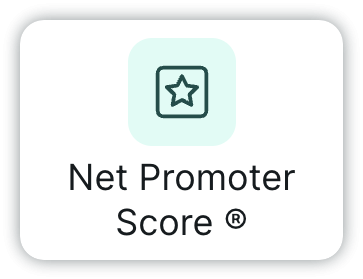
involve.me's content element
NPS® is a powerful metric for gauging customer loyalty. High scores indicate strong promoters of your brand, while low scores highlight detractors. To clarify what drives loyalty or dissatisfaction, ask this question as a follow up:
"What is the primary reason for your score?"
💡When you use involve.me to create surveys, make sure to test AI Insights for generating a summary report. Beyond just crunching numbers, it can analyze the sentiment expressed in open-ended questions and highlight the most significant ideas and recommendations based on the feedback provided. This feature helps distill valuable insights from survey responses, making it easier to act upon the feedback received.
6. Value for Money
"How would you rate the value for money of our product/service?"
Ask customers to rate value for money using a scale or terms like "Excellent," "Good," "Average," "Poor," and "Very Poor."
This question helps understand if customers feel they are getting their money's worth, which is crucial for retention. It’s also important to ask this question when looking to adjust pricing plans.
It’s also important to ask for direct feedback. For example, you can use this question as a follow up:
"What could we do to offer better value for your money?"
7. Open-Ended Feedback
"Do you have any other feedback or suggestions for us?"
At the end of a customer satisfaction survey, provide an open text box for any additional comments.
Why it works: Open-ended questions let customers share their thoughts freely, often revealing insights that numbers alone can't capture.
Customers may hesitate to fill out surveys unless they see a reason to contribute. That's why it's important for your team to think about how to make it worthwhile for them. Offering incentives like vouchers, discounts, or access to premium features can motivate customers to participate.
Giving something in return also shows that you value their input and makes their engagement with your survey more rewarding.
Final Words + More Survey Templates
Customer satisfaction surveys are an invaluable tool for gathering actionable feedback. By asking targeted questions, you can uncover detailed insights into various aspects of your product or service. These questions not only help you understand your customers better but also guide you in making informed decisions that enhance customer experience. Remember, the key is not just to collect data, but to act on it thoughtfully and promptly.
Use involve.me’s survey and form templates to get more feedback at every stage of the customer journey. From initial interest to post-purchase follow-ups, these templates are designed to engage customers:
